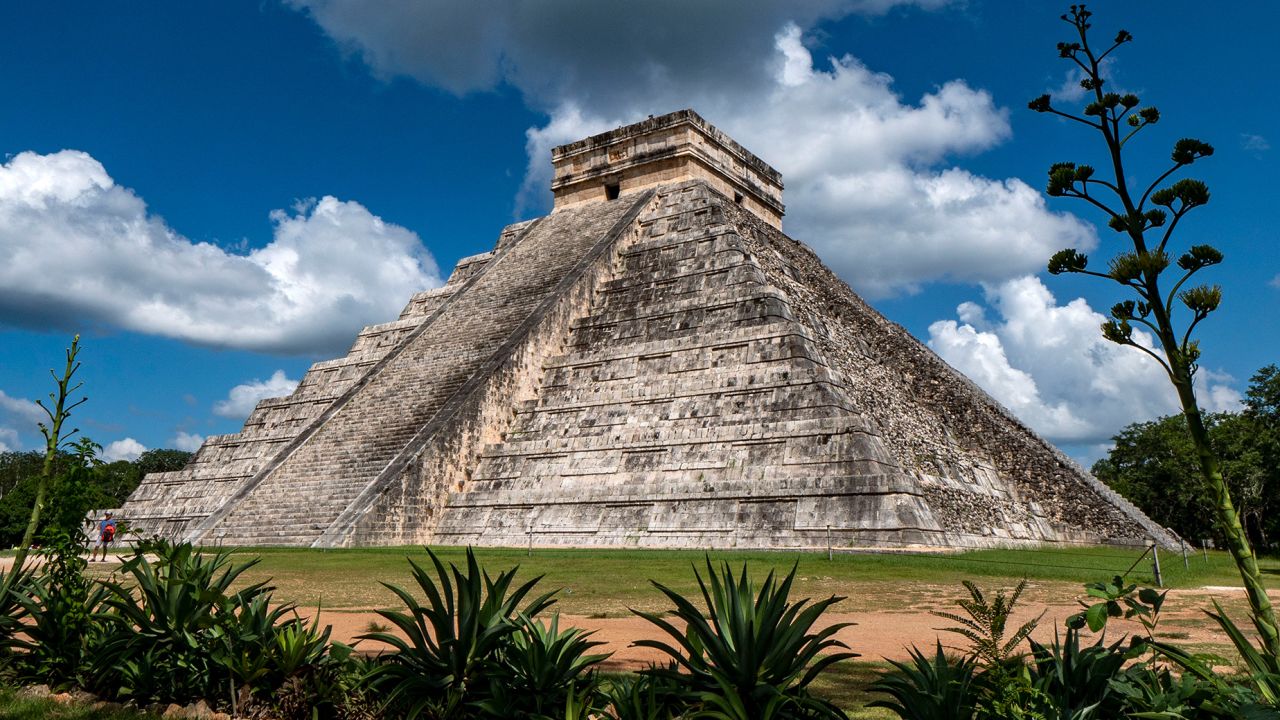The ancient Mayan city of Chichén Itzá, located on Mexico's Yucatán Peninsula, has long been shrouded in mystery, particularly regarding its ritual human sacrifices. A recent study published in Nature reveals new and unexpected details about those sacrifices. Traditionally, it was believed that the Mayans primarily sacrificed young women and girls, a notion perpetuated by both media and early archaeological interpretations. However, new genetic evidence has overturned this assumption.
Researchers analyzed ancient DNA from the remains of 64 individuals, believed to have been ritually sacrificed and deposited in an underground chamber known as a chultún. They discovered that all of the victims were young males, many of whom were closely related. This finding challenges previous beliefs and provides a more nuanced understanding of Mayan sacrificial practices.
Rodrigo Barquera, a researcher at the Max Planck Institute for Evolutionary Anthropology in Leipzig, Germany, and the study's lead author, noted two significant surprises: the exclusive male composition of the burials and the familial relationships among the victims, including two sets of twins. The remains, dated between 800 and 1,000 AD, coincide with the peak and decline of Chichén Itzá's political power.
Unlike previous assumptions, skeletal analysis alone could not determine the gender of child remains, making genetic analysis invaluable. This was particularly challenging because DNA degrades more easily in tropical conditions. Advances in DNA technology have allowed researchers to extract and sequence DNA from even minute samples, revolutionizing our understanding of ancient populations. According to Christina Warinner, a co-author of the study and professor at Harvard University, “We now have the ability to do large-scale genomic studies and apply ancient DNA as a tool to help us understand the past in Mesoamerica.”
The study also revealed fascinating cultural connections. The presence of twins among the sacrificed children may have roots in Mayan mythology, specifically the Popol Vuh, which narrates the story of twin heroes who descend into the underworld. This suggests that the sacrifices held profound spiritual significance, likely viewed as an honor rather than a tragedy.
Additionally, the study found that the modern-day Mayan community of Tixcacaltuyub shares a genetic link with these ancient remains, indicating a direct lineage. This continuity offers a poignant connection to their ancestors and preserves the historical memory of the Mayan people. Barquera shared, “They were very happy to know that they were related to the people who once inhabited Chichén Itzá.”
Rubén Mendoza, an archaeologist and professor at California State University, Monterey Bay, emphasized that this new evidence dispels long-held myths about Mayan sacrifice. He noted that the idea of sacrificing only young women was largely a romanticized notion, lacking archaeological support. This latest study adds essential clarity to our understanding of these complex rituals and underscores the sophisticated and rich cultural narratives of the Mayan civilization.
- The sacred cenote at Chichén Itzá was historically believed to be the entrance to the underworld, further intertwining the physical and spiritual realms in Mayan society. Human remains and valuable offerings found at this site highlight its sacred status.
- The difficulty in identifying the sex of children's skeletons from bone analysis alone underscores the importance of genetic research. The pelvis and other bones can indicate whether a skeleton belonged to an adult male or female, but these telltale signs only appear during puberty, limiting their informative value in children's remains.
- The dietary consistency observed among the sacrificed children, highlighted through carbon and nitrogen isotope analysis, suggests they were likely prepared for sacrifice from a young age. This preparation may have included specific diets and physical treatments, emphasizing the ritual's structured nature.
- Edwin Thompson's early 20th-century work at Chichén Itzá and his speculative theories about the sacrifices laid the groundwork for many assumptions that modern research is now correcting. His dredging efforts recovered numerous artifacts and skeletal remains, yet lacked the scientific rigor employed by contemporary researchers.
- Comparisons between Mayan sacrifices and those of other ancient cultures, such as the Incas, reveal both unique and convergent aspects of ritual human sacrifice. These practices were deeply embedded in the cosmological beliefs of the societies and were conducted with a sense of reverence rather than mere brutality.
- Radiocarbon dating places most of the child sacrifices at Chichén Itzá between the 8th and 9th centuries, coinciding with significant political and social upheaval. These events may have intensified sacrificial practices, seen as a means to appease deities and restore balance.
- The notion that death in sacrifice was an honor is illustrated by the ball game's objective, where winning meant being selected for sacrifice. This cultural perspective challenges modern interpretations and underscores the need to view ancient practices within their historical context.






